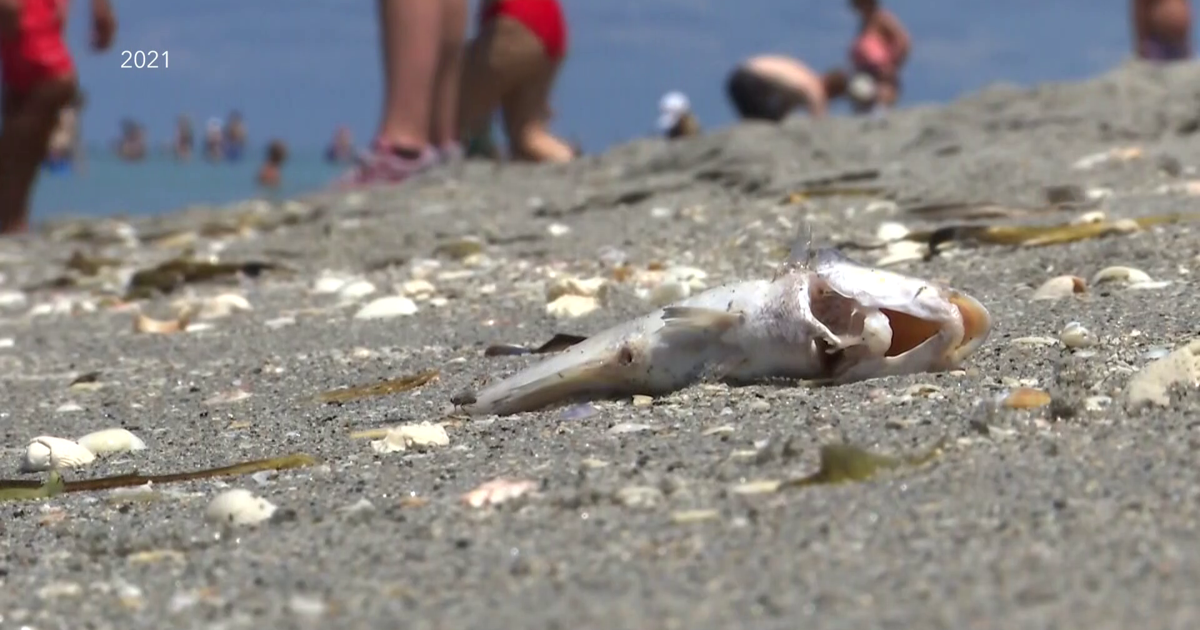Southwest Florida’s beautiful beaches are a major draw for tourists, but red tide can quickly spoil a day by the ocean. Brenda Tremblay, a tourist, described the water as “gorgeous,” but noted that red tide can bring “lots of dead fish” and an unpleasant smell.
“When it’s here, you get a little tickle in your throat and a little cough,” Tremblay said.
Theresa Fraschilla, a Naples resident, said that when beachgoers notice red tide, “it’s time to leave until they clean it up.”
To address this issue, researchers developed a model to predict red tide blooms. Miles Medina, founder of Ecco Scientific, explained their goal.
“What we set out to do was try to develop a model that could take in data, environmental data, in real time and produce a forecast of when red tide would be showing up,” Medina said.
This model runs every Sunday, providing forecasts from Venice to Estero Bay. It predicts red tide blooms with an accuracy of 73% for one-week forecasts and 84% for four-week forecasts.
“The one-week forecasts achieved an accuracy of about 73% and the four-week forecasts about 84%,” Medina said.
Eric Eikenberg, CEO of the Everglades Foundation, praised the model as a “gamechanger” for water managers.
“It provides water managers with a new tool in the toolbox to potentially make decisions on how Lake Okeechobee is going to be managed,” Eikenberg said.
The model predicts red tide intensity levels, ranging from background to high, which means over 1 million cells per liter. Medina expects high red tide conditions by the end of October.
“Predicting a red tide doesn’t mean we can stop it, but at least we can see it coming and try to prepare,” Medina said.
For beachgoers, this predictive model is a blessing.
“That would be so great if we knew when it was coming, or, you know how severe it was going to be,” Tremblay said.
The model, inspired by the 2018 bloom that lasted 15 months, aims to create a publicly accessible forecast tool. It currently shares data with the Florida Fish and Wildlife Conservation Commission and local environmental managers, with plans to expand coverage to the entire Gulf Coast.
The economic impacts of red tide include loss of tourism, fishing, and depressed real estate values. The predictive model will help communities better prepare for these challenges.

